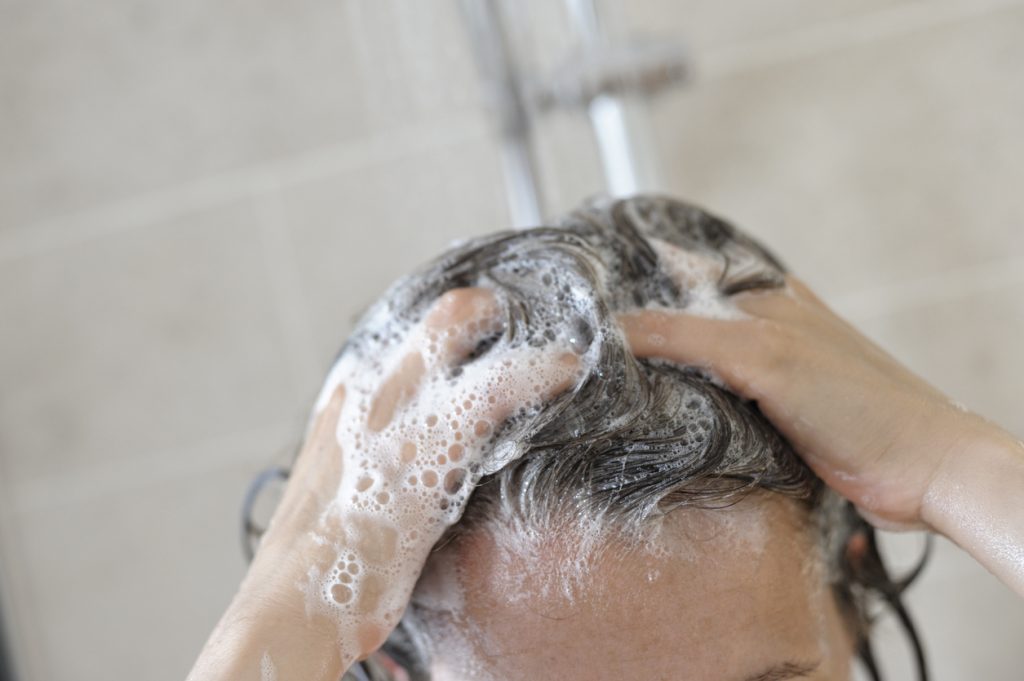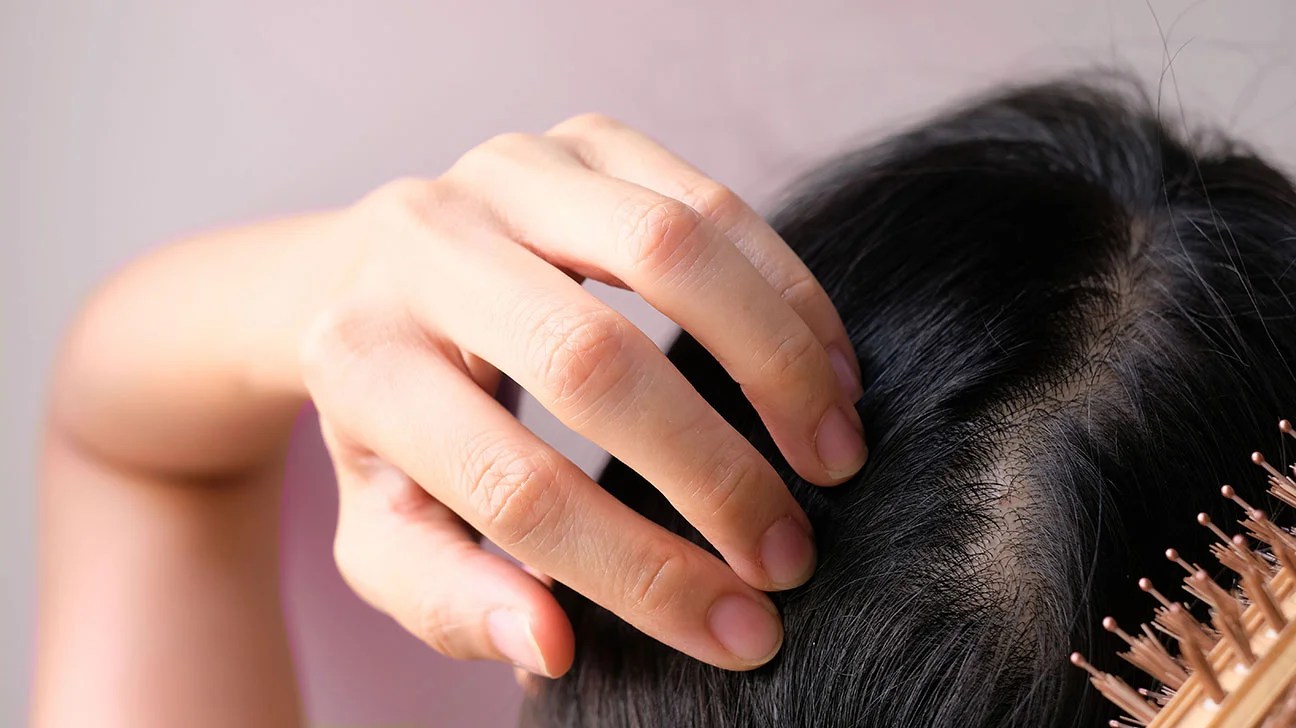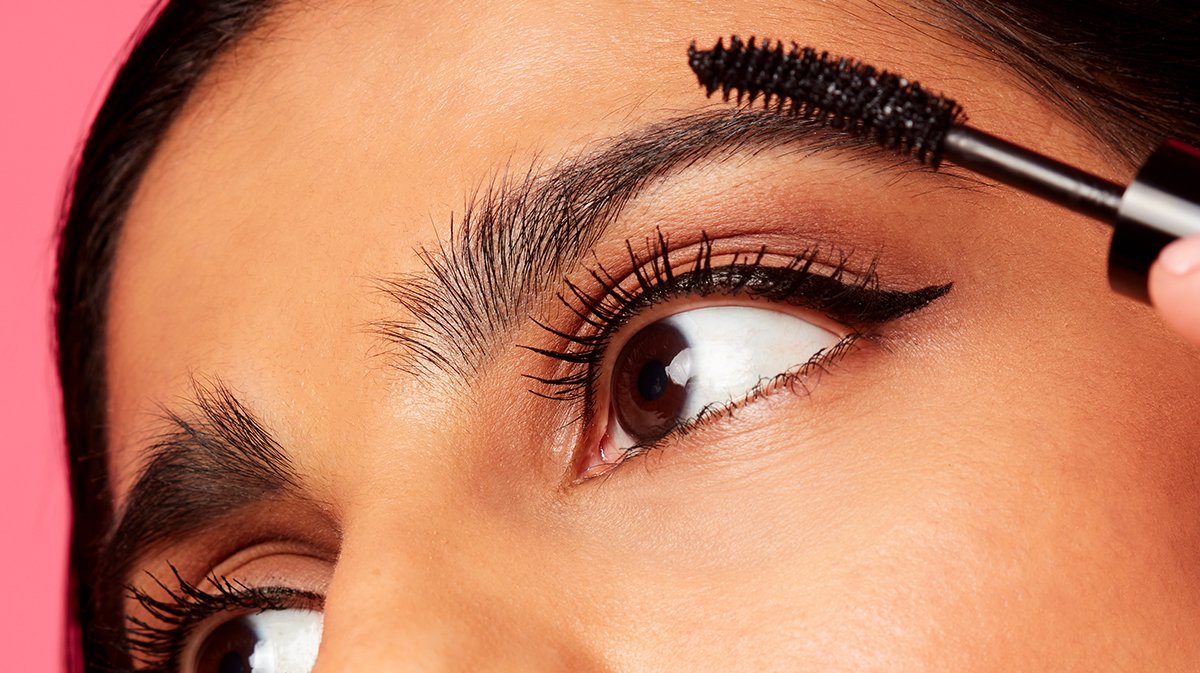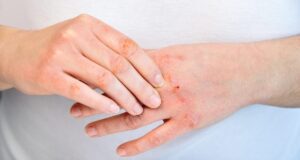From thinning hair to bald patches, hair loss in women is a common yet often misunderstood condition. While it can be distressing and uncomfortable, understanding the causes of female-pattern hair loss can help you take charge of your health and keep your precious locks in check.
In this article, we’ll look at what causes hair loss in women, as well as how to identify it and potential treatments for managing it.
We’ll also discuss common myths around female-pattern baldness so that you have all the information needed to make informed decisions about your healthcare options.
So if you’re worried about losing your precious locks or want more knowledge on how to prevent further damage, read on!
Understanding the Causes of Hair Loss in Women

Hair loss in women is a complex condition that can be caused by many different factors. It’s important to understand the underlying causes of female-pattern baldness and take action accordingly.
Genetics, hormonal imbalances, nutritional deficiencies, lifestyle choices such as smoking or over-styling with heat tools, and certain medical conditions such as alopecia areata all play a role in female hair loss. Identifying the symptoms early and taking steps towards prevention or management is key for keeping your tresses healthy.
Incorporating natural oils into your routine, eating nutritious foods, avoiding heat damage, and investing in regular haircare treatments will help promote healthier locks of hair over time while managing stress levels effectively and may also reduce excessive shedding due to hormone disruption.
With these tips in mind plus an understanding of what causes hair loss in women – you can make informed decisions about your healthcare options!
Identifying Symptoms for Early Detection

Identifying the symptoms of hair loss in women is key for early detection and treatment. It’s important to understand what signs could mean a more serious underlying condition so that you can act quickly and take care of your precious locks.
Common symptoms include thinning or bald patches on the scalp, excessive shedding, rapid receding from the front line of hair growth, dryness or brittleness, discoloration due to an imbalance in hormones, and increased sensitivity when washing or brushing.
If you experience any of these symptoms it is best to consult with your doctor as soon as possible about potential treatments before further damage occurs.
Additionally, if you have a family history of alopecia areata (spot baldness) then regular check-ups may be necessary for early diagnosis before irreversible damage takes place.
Strategies for Maintaining Healthy Hair and Scalp

When it comes to maintaining healthy hair and scalp, several strategies can be employed. First, it is important to properly care for your scalp by washing it with a mild shampoo and conditioner twice a week.
It is also recommended to use natural oils like jojoba or coconut oil as an extra layer of moisture for the scalp. Additionally, using a deep conditioning mask once every two weeks will help keep the hair follicles strong and prevent breakage.
It is also essential to practice good overall hygiene habits such as avoiding sharing combs and brushes, keeping hands away from the face when styling hair, and regularly changing pillowcases or hats used while sleeping to reduce bacteria buildup on the scalp.
Lastly, eating foods rich in omega-3 fatty acids and vitamins A & E like salmon or avocado can help nourish the scalp from within which helps promote stronger healthier locks of hair over time.
Conclusion

Hair loss in women is a common issue, but with the right products and treatments, it can be managed and prevented. By understanding their hair type and knowing which products are best for them, women can take proactive steps to maintain healthy locks.
Hair replacement systems such as wigs or hairpieces provide another option for those suffering from severe cases of baldness or hair thinning.
Taking care of your hair not only makes you look good on the outside but also helps you feel better about yourself on the inside.
With these tips in mind, all women can keep their precious locks looking beautiful and full!










